Photographer Matt Henry’s Obsession With the 1960s Led to These Amazing Images
Inspired by the movies of the era, he brings together elaborate sets and casts to make his scenes
Glance/gaze at images above from photographer Matt Henry’s first monograph, Short Stories, and it’s easy to imagine they’re still frames from a movie never made. But why would a Welsh photographer in his late 30s be so obsessed about recreating elaborately staged images of 1960s and ’70s America?
Matt Henry got his first taste of life in the United States by renting movies on VHS as a child at the local post office; he was hooked. Hollywood provided the ultimate escape from the monotony of small–town life in Wales. “No one tells stories like the Americans,” Henry says admiringly. “And whenever I used to dream up a world, automatically they would be about America, because it would be what I watched.”
The United States of the ’60s and ’70s struck a chord with him the most. As a politics student he developed a fascination with the counter-culture movement and utopian spirit of the era. “Perhaps I was there in a past life,” he suggests, wryly. Henry embraced visual influences of movies of the period, like Easy Rider and Psych Out, along with photographers of that time such as William Eggleston and Stephen Shore. But while Henry’s lens looks toward the past, he still maintains a foot planted in the modern world. “I wouldn’t describe my work as a recreation of the 60s, because I wasn’t there, and the color palette’s different,” he considers. “And the way I approach things is from a post-modern perspective. I bring many things–I always think of it as this limbo space.”
While Henry stages his photographs in a cinematic fashion similar to Gregory Crewdson, he does so with less budget and production. “By offering up a moment that has a future and a past,” says Henry on the ambiguity of his imagery, “the audience is free to interpret the story in a myriad of ways.”
Those moments he selects to re-imagine are usually the ones that speak most to his political interests. “The ’60s were a very divided time, between the right and the left, and that fascinates me–that real split down the middle. It could have gone one way; it could have gone the other. In the end [the U.S.] ended up with Nixon–and you kind of went the wrong way,” says Henry, chuckling.
Most individual shoots for the Short Stories series lasted anywhere from a couple of hours to a couple of days. The majority of shooting took place in the United Kingdom, save for a series shot on a movie set Henry found in the California desert. Complete with 1960s motel, diner, gas station and period cars, the location was ideal. “The place was like gold dust to me!” says Henry.
Photo subjects were into dressing up, especially with the popularity of the television show “Mad Men.” And before photo shoots, he’d instill his “cast” with a “sense of the magic of the ’60s” by showing movies from that era. “Nostalgia’s a very powerful thing,” says Henry. “There’s something about looking at old things. It enables you to reflect on your own world as well.”
/https://tf-cmsv2-smithsonianmag-media.s3.amazonaws.com/accounts/headshot/Jeff-Campagna-240.jpg)
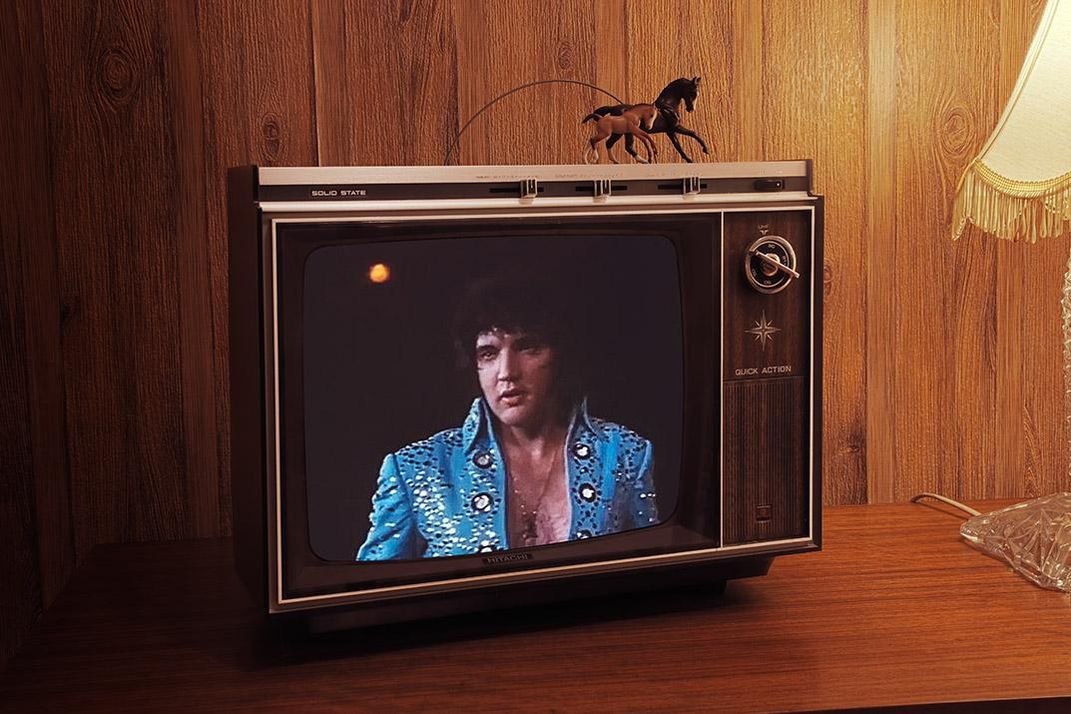
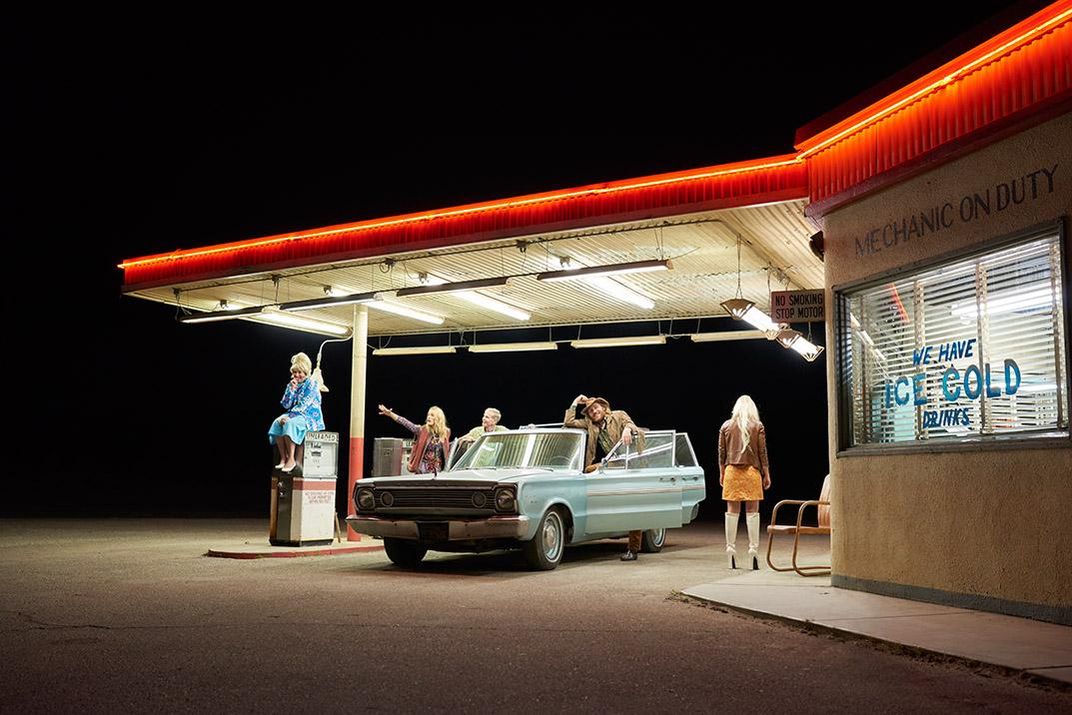
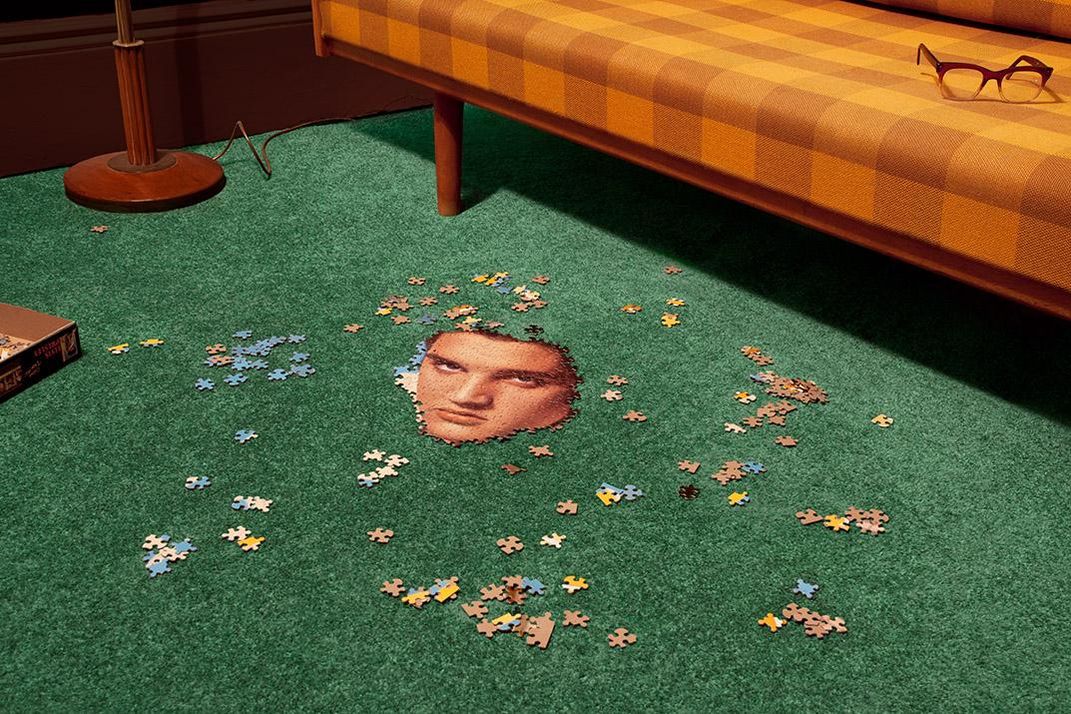
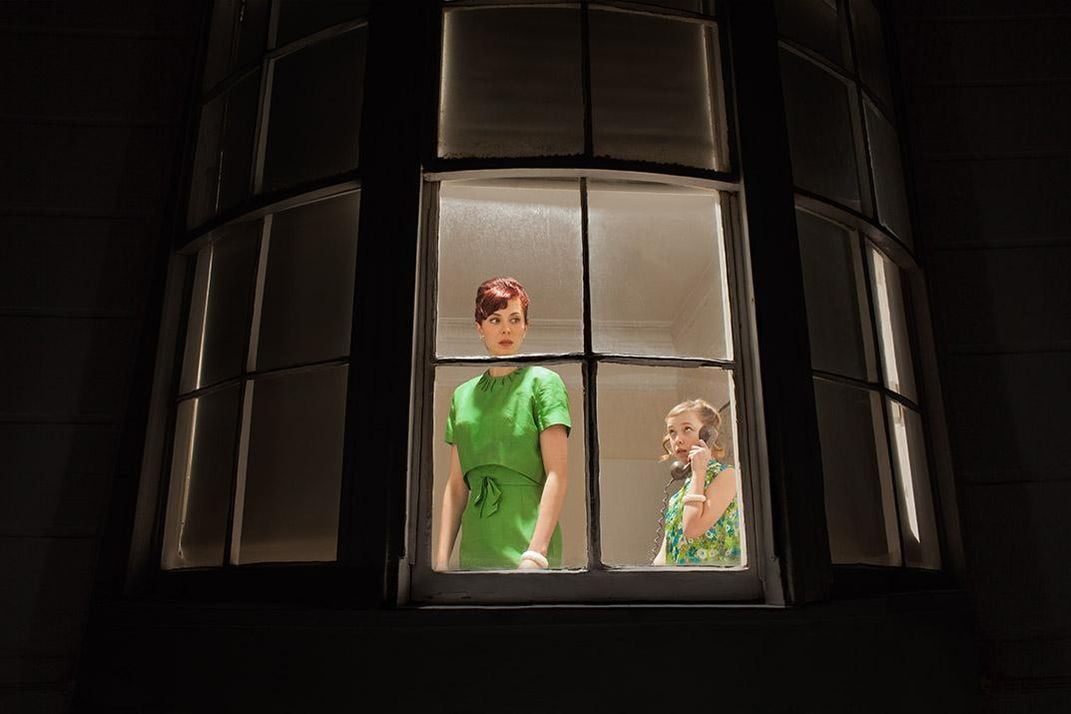
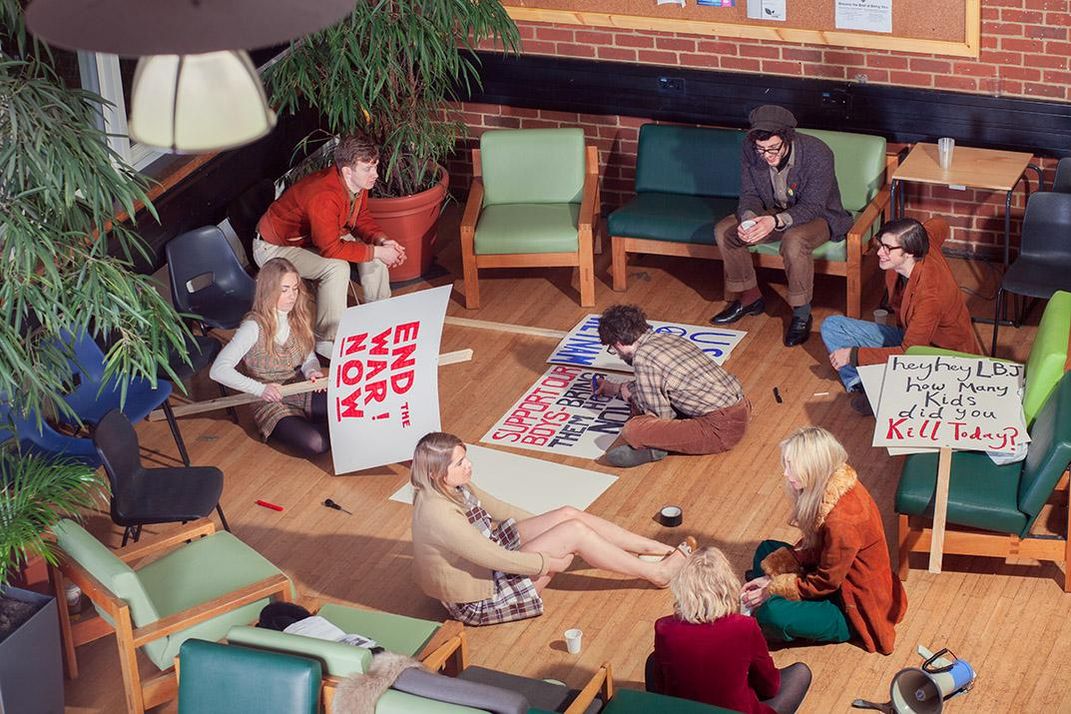
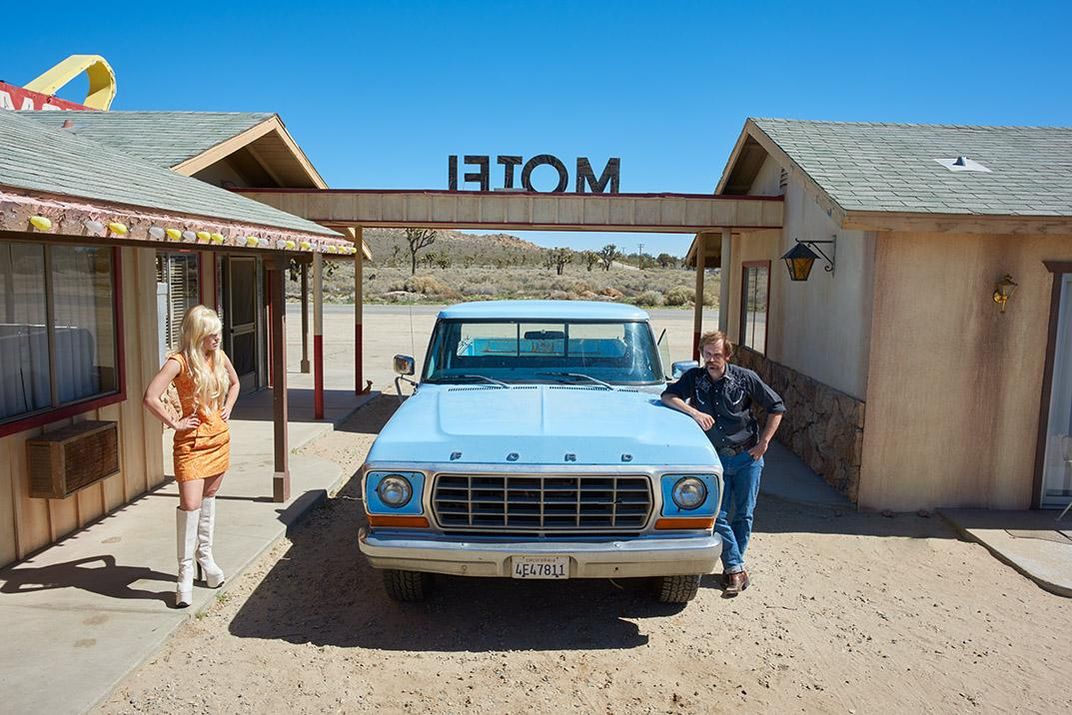
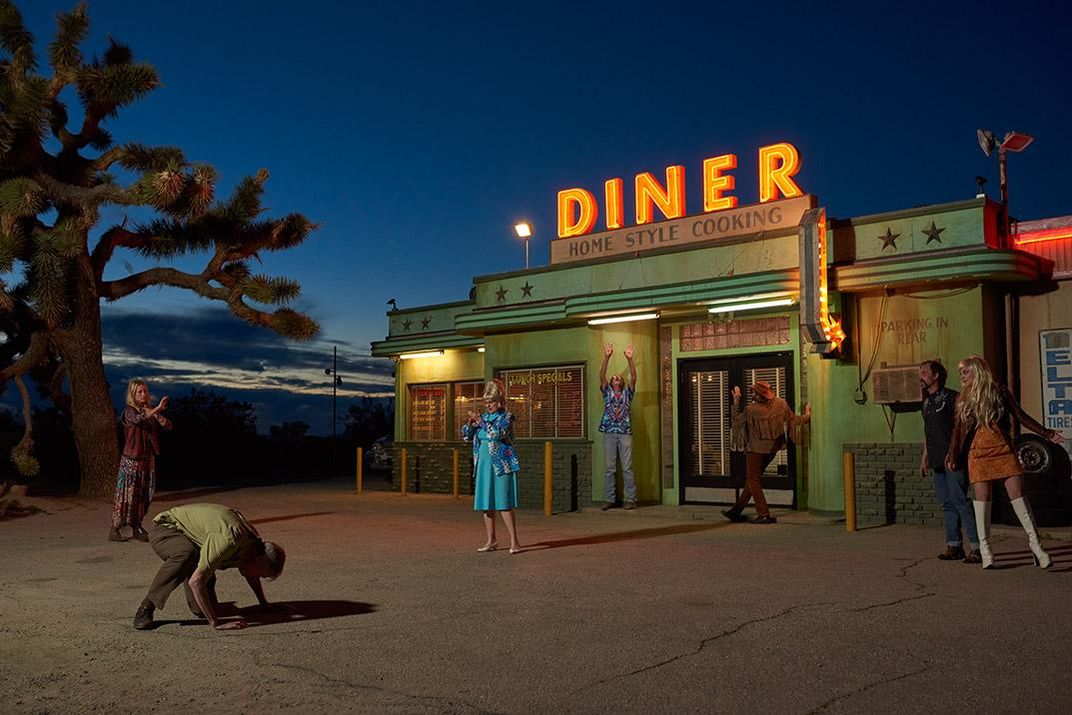
/https://tf-cmsv2-smithsonianmag-media.s3.amazonaws.com/accounts/headshot/Jeff-Campagna-240.jpg)